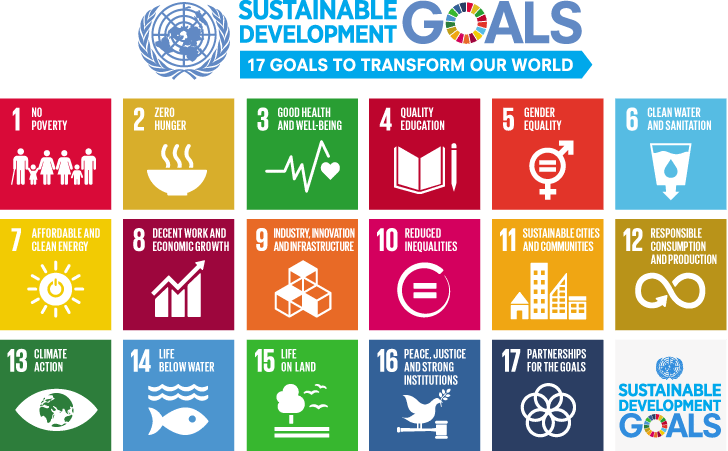Transformative Acoustic Design
Sustainability requires design to make a leap to create a new operating platform for humans, and so acousticians need to be innovative, daring and creative in their designs to achieve this to tackle the worlds most pressing problems. How we do this is discussed by Peter Rogers in this post, to encourage more to take the leap and sets out what is needed to meet the challenge.

So what's the big idea ?
Each project has an opportunity to achieve a gain so significant that it can make a difference across time and space. Although it may not in itself change the world it will do its part so that the sum of the parts achieves that goal globally. It is about changing the course of design away from consumption and harmful impact towards creating a balance between humanity and nature.
Can acoustics really do that ?
Certainly it can. Sound changes how we feel, because it so much part of our evolutionary tool kit to detect threats and stay safe. Architects often focus on the visual sense but neglect the auditory one, which we rely on so heavily to tell us about our environment often unconsciously. Take a noisy restaurant. It is often difficult to hear yourself think, and this can affect how you enjoy your food, and your experience and whether you will go back. So by dealing with the unwanted things in the soundscape that we call noise (which is generally manmade, like traffic or plant noise) we can concentrate our efforts in enhancing the quality of the soundscape. In this way we can reduce harmful health effects, and improve well-being and quality of life, clearing the way for us. If we can do this and at the same time as achieving a quadruple bottom line benefit (People, Planet, Profit, Place) then we have achieved this paradigm shift in a meaningful way that will have a positive legacy.
What are the biggest opportunities for acousticians to deliver sustainable design ?
Acoustics is an enabling technology, so it depends what the project is trying to achieve. What is certain that where humans (or other living species) are involved getting the acoustics right is critical to making the whole thing work. Influencing of the materials used, or energy source, or how suitable it is for use by people for its intended purpose can all have acoustic implications and conflicts that need resolving. Without getting this right the success can be derailed and so fail the ultimate test demanded by sustainability, and any impact will be without justification. The biggest challenges of our time are to undo the harm of the industrialization period and reset the clock so that we create solutions not more problems. The UK government has identified four grand challenges as part of the Industrial strategy, to transform our future :
1. Artificial Intelligence and data
2. Aging Society
3. Clean Growth
4. Future Mobility
On a global level the UN 17 Sustainable Design Goals create a framework to focus this effort on (shown below).
It is our challenge for acoustics to contribute to all of these, through the cumulative effect of the projects that we do, and influence and legacy that we leave. We can not do this alone, and so all acousticians are encouraged to embrace this approach and help deliver transformative acoustic design.


